The history of AMD: 50 years of rapid development
On May 1, 2019, AMD celebrated its anniversary - 50 years, during which it managed to become one of the largest manufacturers of central and graphics processors, and in recent years has been showing strong growth. In honor of the anniversary of AMD, I decided to tell in detail about the history of the company and test one of the old processors.
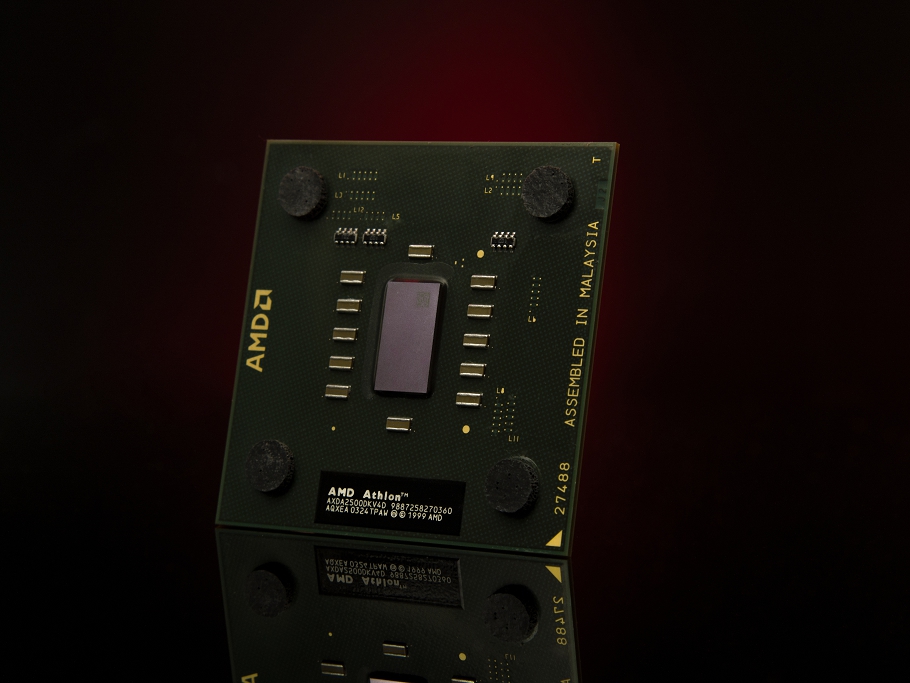
Any company does not start with a product, there are people behind any product, united by a single goal, which is interesting, at the initial stage, the history of AMD is somewhat similar to Intel - the main competitor in the processor market. The idea of founding AMD, the abbreviation of which stands for Advanced Micro Devices, which means “advanced microdevices”, came to eight people from Fairchild Semiconductor: Jeremy Sanders, Jack Gifford, Edwin Terney, John Carey, Larry Stinger, Frank Bott, Sven Simons. , Jim Giles, and the first employee hired was Tom Scrnia.
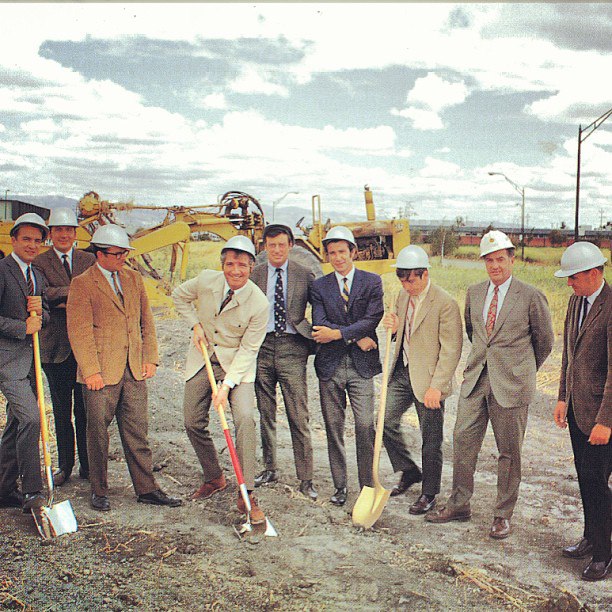
')
Politics Fairchild Semiconductor, at that time a semiconductor giant, did not suit many young engineers who saw the enormous potential of technology, but were constrained in development. Therefore, seven ambitious engineers and, at that time Jeremy Sanders, marketing director at Fairchild Semiconductor, decided to establish their company in order to explore new segments of the growing semiconductor market.
The largest role in the founding of AMD is assigned precisely to Jeremy Sanders, because besides the excellent knowledge in marketing and team management, he is also a fairly competent engineer who spoke with the team "in the same language." Moreover, one of Jeremy Sanders' famous phrases - “People at the head of everything, products and profits will follow them!”, Speaks for itself, and makes it clear that Sanders understood the importance of personnel.

Despite the small authorized capital of only $ 100,000, the launch of AMD, registered on May 1, 1969 in Sunnyvale (California), required an impressive amount of about $ 1.5 million, but if now standing IT startups quickly find the necessary amounts, At times, investors were wary of this industry, and more than one investor had to go around to collect the required amount.
A curious fact is that Robert Noyce, who at that time was the head of Intel, was one of the first investors for AMD.

The main amount of investments was collected by private investors of Capital Group Companies.
The young company could not pull out with the release of its products and in November 1969 the first product was introduced and it was far from a microprocessor, at that time there were no microprocessors at all, and they were the 4-bit Am9300 register chip.

The product, which was completely developed by itself, was introduced in 1970 and was the first binary / hexadecimal logical meter Am2501 and due to the uniqueness of the solution and availability, it became commercially successful for the company.
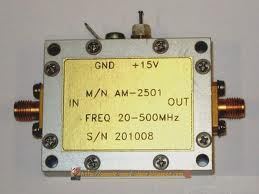

Further, the company, in addition to its own development, begins to reverse the engineering of Intel microprocessors and Am9080 (analogue of Intel 8008) becomes one of the first available microprocessors from AMD, which, by the way, was first produced without Intel licensing, but very soon Intel without obstacles signed a licensing agreement. In general, it is impossible to say that the Am9080 is a complete clone of the Intel 8008, because with small modifications the engineers were able to significantly improve performance, but at the same time delivering their product is also cheaper.
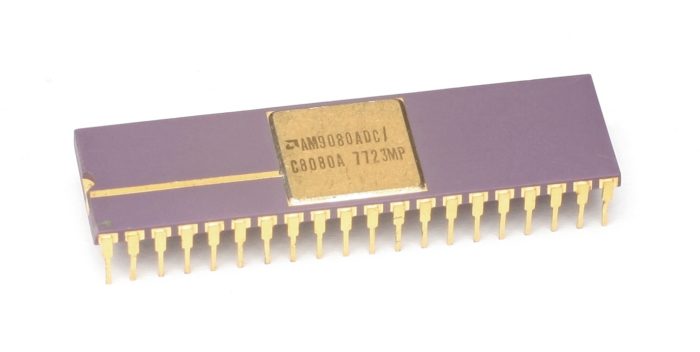
From the very beginning of its existence, AMD carefully monitored the quality of its products and as early as 1976 became the only integrated circuit manufacturing company that received a certificate of quality for military and space classes.
For the next years, AMD for the most part produced microprocessors under Intel licenses, again with its own modifications and more productive than competitive solutions. During this time, the market with a strong impression about AMD products is that they are analogous to solutions from Intel, but more productive and delight at a lower price.
The time for bold decisions for both AMD and its main competitor, Intel, fell on the mid-nineties, when the Pentium was already on the market, and AMD was finishing work on a completely self-developed processor. And in 1996, the AMD K5 processor was introduced, based on the RISC architecture and compatible with x86 instructions, released in an effort to bypass the competitor. The processor was produced in the early versions of the 500 nm process technology, and later on the 350 nm process technology. AMD K5 had two problems that prevented it from taking over the market. The first was the production problems and the processors could not work at the originally planned frequencies, and the second problem was, strangely enough, in its own architecture, since the software already included a number of errors that Intel processors could ignore, skipping cycles, and AMD K5 returned an action with an error.
However, for the first AMD K5 proprietary processor, it can be considered successful, again, at lower clock speeds, it showed higher performance than competitor’s solutions and, importantly, cost less.
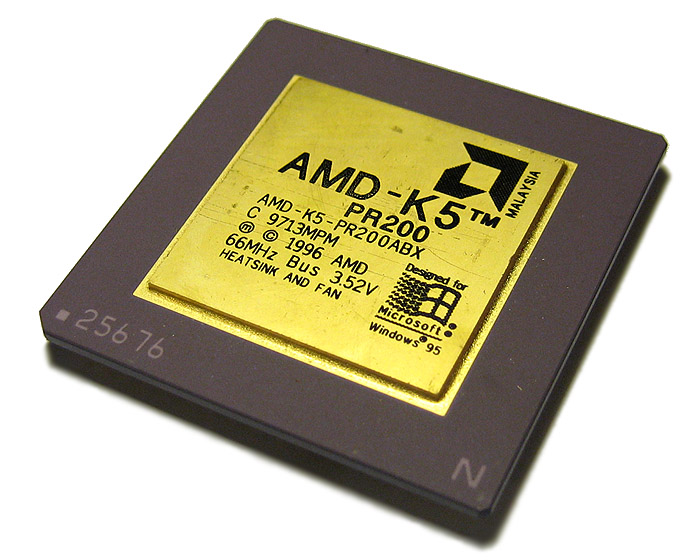
In 1996, AMD acquired a young company, NexGen, which successfully worked on the development of microprocessors and in 1997 released the AMD K6 processor. The new processor also worked on the RISC architecture and was produced in various modifications according to the process technology from 350 nm to 180 nm (for later modifications AMD K6-III). AMD K6 processors made up much more competition for Intel solutions, had a much larger cache, and in later versions they received a 3DNow! Instruction that allowed them to show better performance when processing multimedia data.
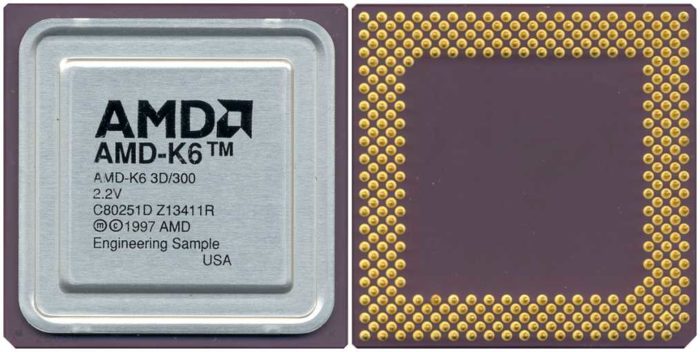
Perhaps, one of the key processors for AMD was Athlon, presented with a loud slogan in 1999, that this is the most powerful x86 processor. In other matters, the company did not lie, and Athlon exceeded any Intel solutions in performance. In the photo you can see the processor performed by Slot A. In addition to the architectural improvements, AMD Athlon also received technical improvements, for example, in the production of the processor copper was used for the first time, and not aluminum.

In 2000, the company unconditionally wins the “battle for gigahertz” and represents AMD Athlon 1000, but Intel managed to overcome this milestone only a year later. In the photo, the processor performed by socket A and one of the problems, as I see it, is an open crystal, which was easily chopped up with an incorrect and careless installation, and inexperienced users cleaved the crystal more than once.

Further development of AMD Athlon in 2001 went into two lines of Athlon MP - processors designed for multi-socket configurations, and Athlon XP for home PCs.

I managed to find the AMD Athlon XP 2500+ in fully working order, and this processor at the start of sales cost $ 169, exactly the same cost at the start of sales of AMD Ryzen 5 1500 and I decided to compare the performance of these processors in a number of old, but tested benchmarks. The results are lower in the graphs and speak for themselves. Yes, the processors for this time have stepped very far.
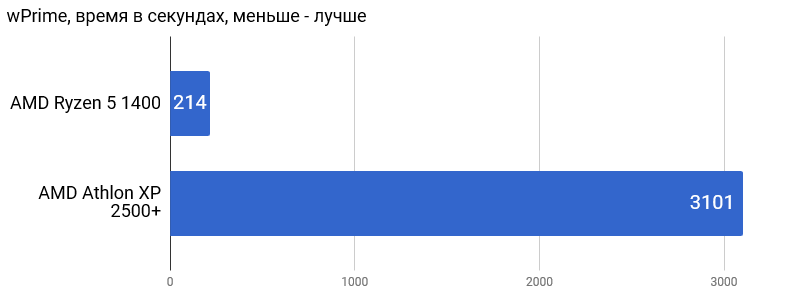
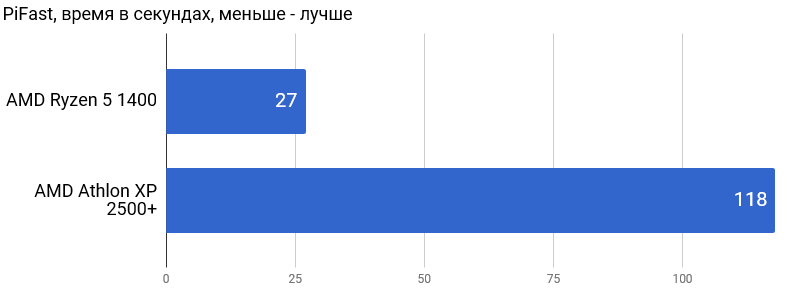
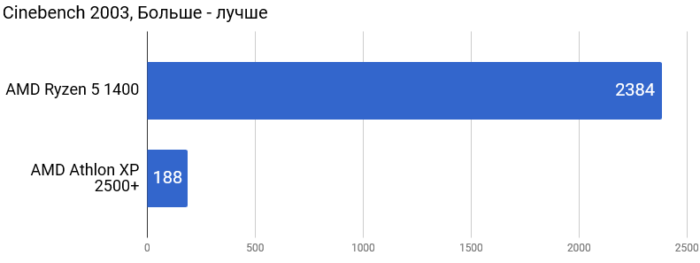
Already in 2003, AMD introduced the first x86 processors supporting 64-bit instruction sets, which were Athlon 64 and server-based Opteron. This can be called another victory for AMD, because the year before, Intel had introduced itanium processors that support 64-bit instruction sets, but they were not compatible with the x86 instruction set and sold extremely badly, but after the release of the Athlon 64 itanium remained only on the server market and only for a certain kind of computing.

The next important event, in addition to the release of dual-core processors, was the release in the 2007th year of AMD Phenom on the 10th generation architecture. One of the main engineering solutions at AMD Phenom is the placement of 4 physical cores on a single chip.
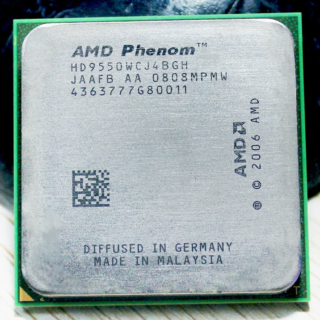
Perhaps the most important purchase of AMD was the Canadian company ATI Technologies, which worked on the GPU. Already on October 25, 2006, ATI Technologies officially became a division of AMD.
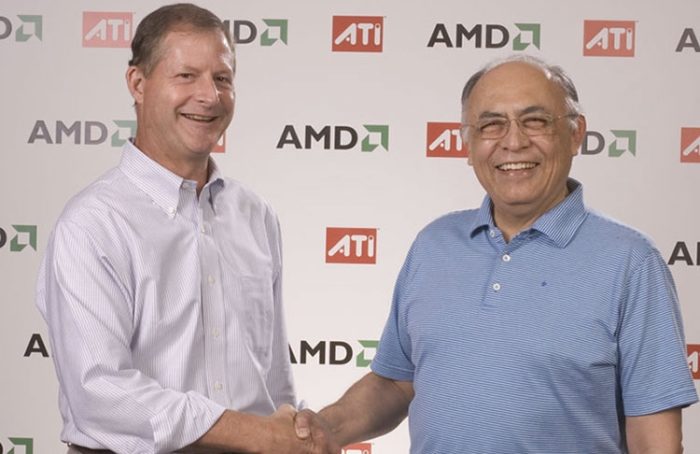
In subsequent years, the success of a competitor in the processor market leads to a drop in AMD profits and the company has nothing left to do, like selling its plants in 2009, first leaving a small share of their shares and then selling them to GlobalFoundries. From this point on, the company concentrates on developing new solutions for both the CPU and the GPU.
ATI's acquisition in 2006 allowed AMD to begin working on hybrid processors with integrated graphics. For the first time, such processors were introduced in 2011, and they were already on sale in 2012. By the way, the APUs were quite successful in their niche, because at a low cost they made it possible to assemble an office PC or PC for an undemanding user without discrete graphics.

The next, really big, announcement came on the GPU market, in 2012 a new GPU architecture was presented: Graphics Core Next, and the first GPU on the new architecture was the AMD Radeon HD 7770. In general, even the most modern GPUs work on a slightly modified GCN.
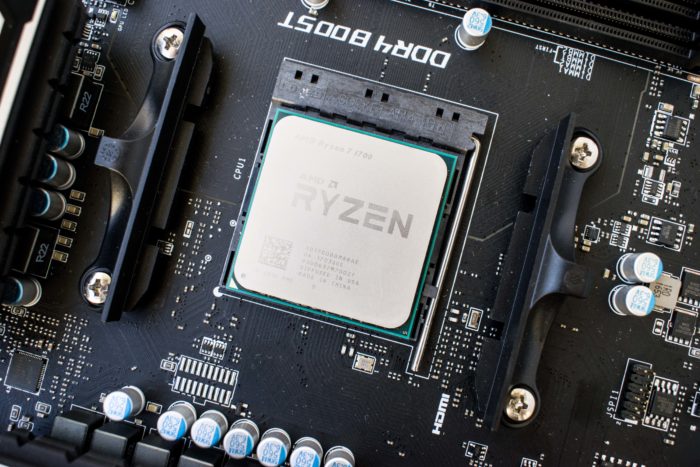
Simultaneous work on the CPU and GPU allowed AMD to become the largest supplier of console solutions, all the leading consoles of the current generation work on the hardware of AMD and it is already known that the next-generation consoles from Sony and Microsoft will also work on it.
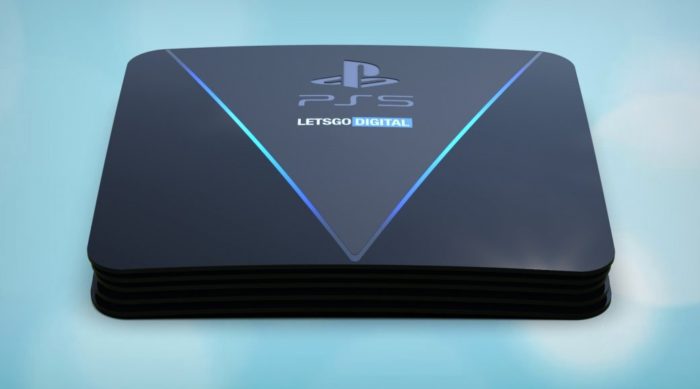
After many years of technological lag in the processor market, at the end of 2016, AMD introduces processors on the new Zen architecture, which are available for sale in February 2017, and AMD Ryzen 7 1800X, with eight cores and sixteen threads, becomes the most powerful processor in the line. From my own experience, I can say that at the start of sales of Ryzen processors there were quite a lot of software problems from both the operating systems and the microcodes of motherboards and it was clear that the processors are far from their limits. It is worth saying thanks to AMD for the fact that they rather quickly corrected all possible problems and the increase in performance from updating the BIOS and software was not only on paper. The new processors on the Zen architecture showed an unconditional advantage in tasks requiring a greater number of threads, because the competitor had either a 4-core processor or a HED platform at the time, which was much more expensive.
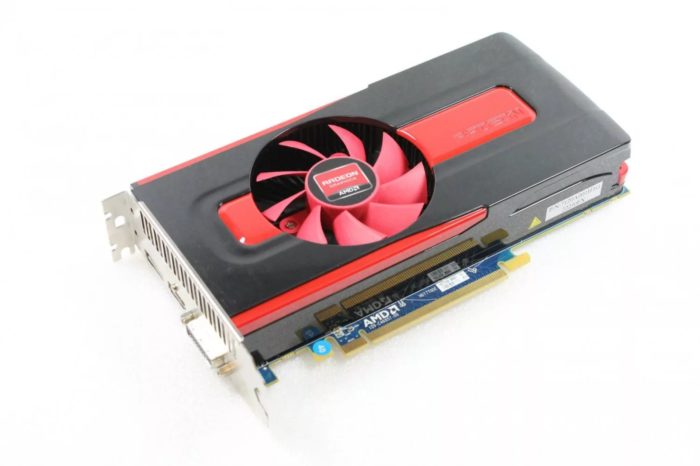
In March 2017, AMD announced its HEDT platform with the most powerful processor, which will become AMD Ryzen Threadripper 1950X, including 16 cores and 32 threads.

In June 2017, AMD returns to the server market and begins shipping EPYC processors to 32 cores and 64 threads per socket. Thus, AMD EPYC is a powerful computing platform.

The year 2018 was marked by the release of the solutions already presented, and the greatest changes occurred only in the AMD Ryzen Threadripper line — these processors received up to 32 cores.
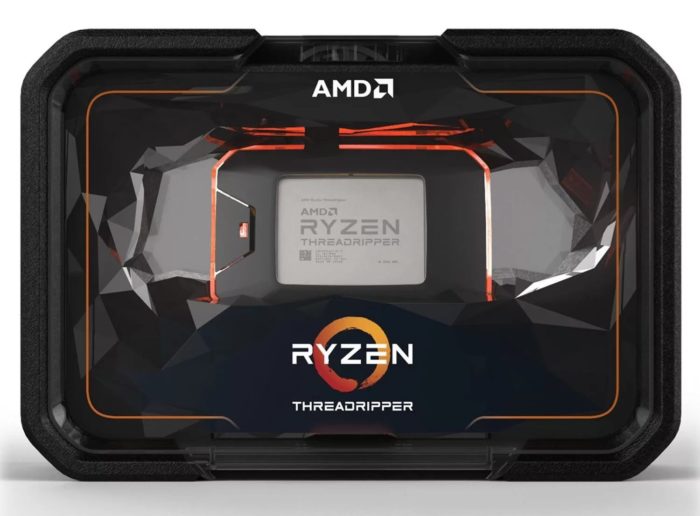
This year, AMD introduced the first GPU, made on the 7-nm process technology - AMD Radeon VII, and the main announcements will be ahead. This year promises to be interesting, because according to rumors from AMD, in the third quarter Ryzen processors of the three thousand series on the Zen2 architecture, and new GPUs based on the Navi architecture, are expected. New Ryzen processors can easily get up to 16 cores, which is an incredible amount for a home platform, but there is very little about the insider information about the GPU.
We can only congratulate AMD on the 50th anniversary and watch the release of new, even more interesting products. In the end, the company Intel moved on from the output of the Ryzen processors and we got more productive processors from both companies, this is what the competition is doing.

The main thing is people!
Any company does not start with a product, there are people behind any product, united by a single goal, which is interesting, at the initial stage, the history of AMD is somewhat similar to Intel - the main competitor in the processor market. The idea of founding AMD, the abbreviation of which stands for Advanced Micro Devices, which means “advanced microdevices”, came to eight people from Fairchild Semiconductor: Jeremy Sanders, Jack Gifford, Edwin Terney, John Carey, Larry Stinger, Frank Bott, Sven Simons. , Jim Giles, and the first employee hired was Tom Scrnia.

')
Politics Fairchild Semiconductor, at that time a semiconductor giant, did not suit many young engineers who saw the enormous potential of technology, but were constrained in development. Therefore, seven ambitious engineers and, at that time Jeremy Sanders, marketing director at Fairchild Semiconductor, decided to establish their company in order to explore new segments of the growing semiconductor market.
The largest role in the founding of AMD is assigned precisely to Jeremy Sanders, because besides the excellent knowledge in marketing and team management, he is also a fairly competent engineer who spoke with the team "in the same language." Moreover, one of Jeremy Sanders' famous phrases - “People at the head of everything, products and profits will follow them!”, Speaks for itself, and makes it clear that Sanders understood the importance of personnel.

Investments
Despite the small authorized capital of only $ 100,000, the launch of AMD, registered on May 1, 1969 in Sunnyvale (California), required an impressive amount of about $ 1.5 million, but if now standing IT startups quickly find the necessary amounts, At times, investors were wary of this industry, and more than one investor had to go around to collect the required amount.
A curious fact is that Robert Noyce, who at that time was the head of Intel, was one of the first investors for AMD.

The main amount of investments was collected by private investors of Capital Group Companies.
Fast start
The young company could not pull out with the release of its products and in November 1969 the first product was introduced and it was far from a microprocessor, at that time there were no microprocessors at all, and they were the 4-bit Am9300 register chip.

The product, which was completely developed by itself, was introduced in 1970 and was the first binary / hexadecimal logical meter Am2501 and due to the uniqueness of the solution and availability, it became commercially successful for the company.


Further, the company, in addition to its own development, begins to reverse the engineering of Intel microprocessors and Am9080 (analogue of Intel 8008) becomes one of the first available microprocessors from AMD, which, by the way, was first produced without Intel licensing, but very soon Intel without obstacles signed a licensing agreement. In general, it is impossible to say that the Am9080 is a complete clone of the Intel 8008, because with small modifications the engineers were able to significantly improve performance, but at the same time delivering their product is also cheaper.

From the very beginning of its existence, AMD carefully monitored the quality of its products and as early as 1976 became the only integrated circuit manufacturing company that received a certificate of quality for military and space classes.
For the next years, AMD for the most part produced microprocessors under Intel licenses, again with its own modifications and more productive than competitive solutions. During this time, the market with a strong impression about AMD products is that they are analogous to solutions from Intel, but more productive and delight at a lower price.
Time for bold decisions
The time for bold decisions for both AMD and its main competitor, Intel, fell on the mid-nineties, when the Pentium was already on the market, and AMD was finishing work on a completely self-developed processor. And in 1996, the AMD K5 processor was introduced, based on the RISC architecture and compatible with x86 instructions, released in an effort to bypass the competitor. The processor was produced in the early versions of the 500 nm process technology, and later on the 350 nm process technology. AMD K5 had two problems that prevented it from taking over the market. The first was the production problems and the processors could not work at the originally planned frequencies, and the second problem was, strangely enough, in its own architecture, since the software already included a number of errors that Intel processors could ignore, skipping cycles, and AMD K5 returned an action with an error.
However, for the first AMD K5 proprietary processor, it can be considered successful, again, at lower clock speeds, it showed higher performance than competitor’s solutions and, importantly, cost less.

In 1996, AMD acquired a young company, NexGen, which successfully worked on the development of microprocessors and in 1997 released the AMD K6 processor. The new processor also worked on the RISC architecture and was produced in various modifications according to the process technology from 350 nm to 180 nm (for later modifications AMD K6-III). AMD K6 processors made up much more competition for Intel solutions, had a much larger cache, and in later versions they received a 3DNow! Instruction that allowed them to show better performance when processing multimedia data.

Athlon and the “battle for gigahertz”
Perhaps, one of the key processors for AMD was Athlon, presented with a loud slogan in 1999, that this is the most powerful x86 processor. In other matters, the company did not lie, and Athlon exceeded any Intel solutions in performance. In the photo you can see the processor performed by Slot A. In addition to the architectural improvements, AMD Athlon also received technical improvements, for example, in the production of the processor copper was used for the first time, and not aluminum.

In 2000, the company unconditionally wins the “battle for gigahertz” and represents AMD Athlon 1000, but Intel managed to overcome this milestone only a year later. In the photo, the processor performed by socket A and one of the problems, as I see it, is an open crystal, which was easily chopped up with an incorrect and careless installation, and inexperienced users cleaved the crystal more than once.

Further development of AMD Athlon in 2001 went into two lines of Athlon MP - processors designed for multi-socket configurations, and Athlon XP for home PCs.

I managed to find the AMD Athlon XP 2500+ in fully working order, and this processor at the start of sales cost $ 169, exactly the same cost at the start of sales of AMD Ryzen 5 1500 and I decided to compare the performance of these processors in a number of old, but tested benchmarks. The results are lower in the graphs and speak for themselves. Yes, the processors for this time have stepped very far.



Time first
Already in 2003, AMD introduced the first x86 processors supporting 64-bit instruction sets, which were Athlon 64 and server-based Opteron. This can be called another victory for AMD, because the year before, Intel had introduced itanium processors that support 64-bit instruction sets, but they were not compatible with the x86 instruction set and sold extremely badly, but after the release of the Athlon 64 itanium remained only on the server market and only for a certain kind of computing.

The next important event, in addition to the release of dual-core processors, was the release in the 2007th year of AMD Phenom on the 10th generation architecture. One of the main engineering solutions at AMD Phenom is the placement of 4 physical cores on a single chip.

Not only processors
Perhaps the most important purchase of AMD was the Canadian company ATI Technologies, which worked on the GPU. Already on October 25, 2006, ATI Technologies officially became a division of AMD.

Losses and new inventions
In subsequent years, the success of a competitor in the processor market leads to a drop in AMD profits and the company has nothing left to do, like selling its plants in 2009, first leaving a small share of their shares and then selling them to GlobalFoundries. From this point on, the company concentrates on developing new solutions for both the CPU and the GPU.
ATI's acquisition in 2006 allowed AMD to begin working on hybrid processors with integrated graphics. For the first time, such processors were introduced in 2011, and they were already on sale in 2012. By the way, the APUs were quite successful in their niche, because at a low cost they made it possible to assemble an office PC or PC for an undemanding user without discrete graphics.

The next, really big, announcement came on the GPU market, in 2012 a new GPU architecture was presented: Graphics Core Next, and the first GPU on the new architecture was the AMD Radeon HD 7770. In general, even the most modern GPUs work on a slightly modified GCN.

Simultaneous work on the CPU and GPU allowed AMD to become the largest supplier of console solutions, all the leading consoles of the current generation work on the hardware of AMD and it is already known that the next-generation consoles from Sony and Microsoft will also work on it.

Active offensive
After many years of technological lag in the processor market, at the end of 2016, AMD introduces processors on the new Zen architecture, which are available for sale in February 2017, and AMD Ryzen 7 1800X, with eight cores and sixteen threads, becomes the most powerful processor in the line. From my own experience, I can say that at the start of sales of Ryzen processors there were quite a lot of software problems from both the operating systems and the microcodes of motherboards and it was clear that the processors are far from their limits. It is worth saying thanks to AMD for the fact that they rather quickly corrected all possible problems and the increase in performance from updating the BIOS and software was not only on paper. The new processors on the Zen architecture showed an unconditional advantage in tasks requiring a greater number of threads, because the competitor had either a 4-core processor or a HED platform at the time, which was much more expensive.

In March 2017, AMD announced its HEDT platform with the most powerful processor, which will become AMD Ryzen Threadripper 1950X, including 16 cores and 32 threads.

In June 2017, AMD returns to the server market and begins shipping EPYC processors to 32 cores and 64 threads per socket. Thus, AMD EPYC is a powerful computing platform.

The year 2018 was marked by the release of the solutions already presented, and the greatest changes occurred only in the AMD Ryzen Threadripper line — these processors received up to 32 cores.

This year, AMD introduced the first GPU, made on the 7-nm process technology - AMD Radeon VII, and the main announcements will be ahead. This year promises to be interesting, because according to rumors from AMD, in the third quarter Ryzen processors of the three thousand series on the Zen2 architecture, and new GPUs based on the Navi architecture, are expected. New Ryzen processors can easily get up to 16 cores, which is an incredible amount for a home platform, but there is very little about the insider information about the GPU.
We can only congratulate AMD on the 50th anniversary and watch the release of new, even more interesting products. In the end, the company Intel moved on from the output of the Ryzen processors and we got more productive processors from both companies, this is what the competition is doing.
Source: https://habr.com/ru/post/451974/
All Articles